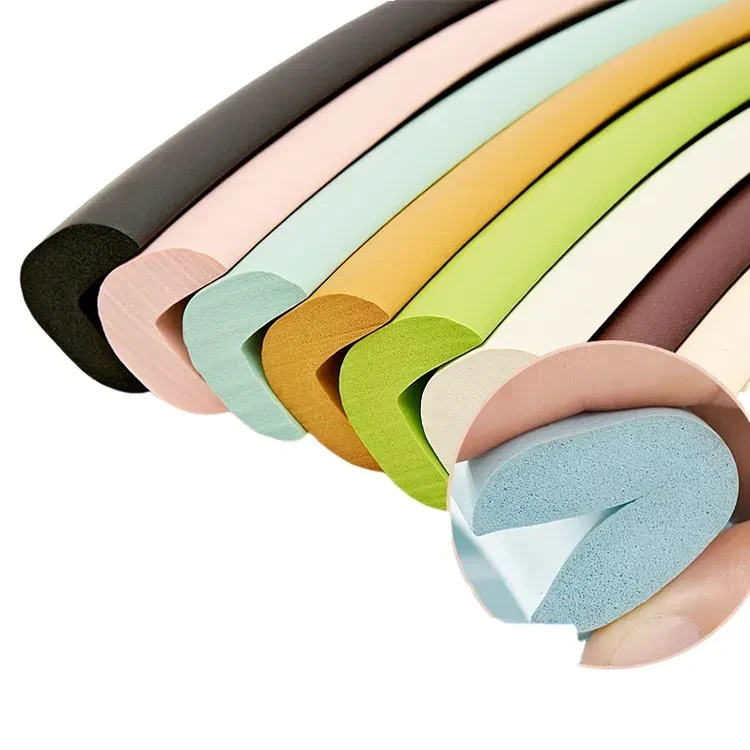door bottom weatherstripping types
Understanding Door Bottom Weatherstripping Types
When it comes to maintaining a comfortable indoor environment, door bottom weatherstripping plays an essential role. It’s the first line of defense against external elements, helping to keep out drafts, moisture, dust, and insects. Knowing the different types of door bottom weatherstripping can help you make an informed choice tailored to your needs. In this article, we’ll explore the common types of door bottom weatherstripping, their benefits, and installation tips.
1. Sweep Style Weatherstripping
Sweep style weatherstripping is one of the most common options available. It consists of a flexible strip, usually made of rubber or vinyl, that is attached to the bottom of the door. The strip acts as a barrier that seals the gap between the door and the floor. There are various sweeps available, such as the vinyl sweep, which is typically less expensive and easy to install, and the aluminum sweep, which offers durability and strength.
Benefits - Easy Installation Most sweep styles come with adhesive backing or can be easily screwed in place
. - Cost-Effective Generally, sweep-style weatherstripping is one of the most affordable options. - Versatile It works well on various flooring surfaces, including carpet, tile, and hardwood.2. Automatic Door Bottoms
Automatic door bottoms are more sophisticated than traditional sweeps. They feature a mechanism that lowers a sealing strip when the door closes, creating a tight seal. When the door is opened, the strip retracts automatically. This type of weatherstripping is commonly used in commercial applications or homes that experience frequent door traffic.
Benefits - Superior Sealing Provides an excellent barrier against air and water infiltration. - Convenience You don’t need to manually adjust any components; they automatically do the work as the door operates. - Aesthetic Appeal Offers a more polished look, as it’s concealed when the door is in the open position.
door bottom weatherstripping types

3. Thresholds
While not a type of weatherstripping in the conventional sense, a door threshold is crucial for creating a complete weather seal. It sits at the bottom of the doorframe and can be designed with a built-in weatherstripping material. Thresholds can be made of wood, aluminum, or PVC and help elevate the door to prevent water from entering.
Benefits - Robust Protection Helps prevent water intrusion, especially in heavy rain areas. - Enhanced Durability Made from sturdy materials, thresholds can withstand significant wear and tear. - Improved Insulation Acts as a barrier for both heat and sound, enhancing overall energy efficiency.
4. Foam and Rubber Gaskets
Foam and rubber gaskets can also be used as weatherstripping for doors. These materials come in various shapes and sizes and are ideal for older doors that may not seal properly or have irregular gaps. They can be adhered to the bottom of the door or the doorframe, providing additional sealing where needed.
Benefits - Customizable Can be cut to fit various door sizes, making them suitable for a range of applications. - Energy Efficient Helps reduce heating and cooling costs by providing an effective seal.
Conclusion
Choosing the right type of door bottom weatherstripping is essential for enhancing comfort and energy efficiency in your home. Whether selecting simple sweep-style weatherstripping, investing in more advanced automatic door bottoms, or utilizing thresholds and gaskets, understanding the options available will ensure you find the perfect fit for your door. Proper installation and regular maintenance can significantly extend the life of your weatherstripping, ultimately saving you money and keeping your living space comfortable year-round. Whether you’re a DIY enthusiast or prefer to hire a professional, don’t overlook the importance of proper sealing in maintaining a quality home environment.
-
Under Door Draught Stopper: Essential ProtectionNewsJul.31,2025
-
Garage Door Seal and Weatherstrips for ProtectionNewsJul.31,2025
-
Edge Banding Tape for Perfect EdgesNewsJul.31,2025
-
Table Corner Guards and Wall Corner ProtectorsNewsJul.31,2025
-
Stair Nose Edging Trim and Tile Stair SolutionsNewsJul.31,2025
-
Truck Bed Rubber Mats for Pickup BedsNewsJul.31,2025
-
Window Weather Stripping for Noise ReductionNewsJul.29,2025